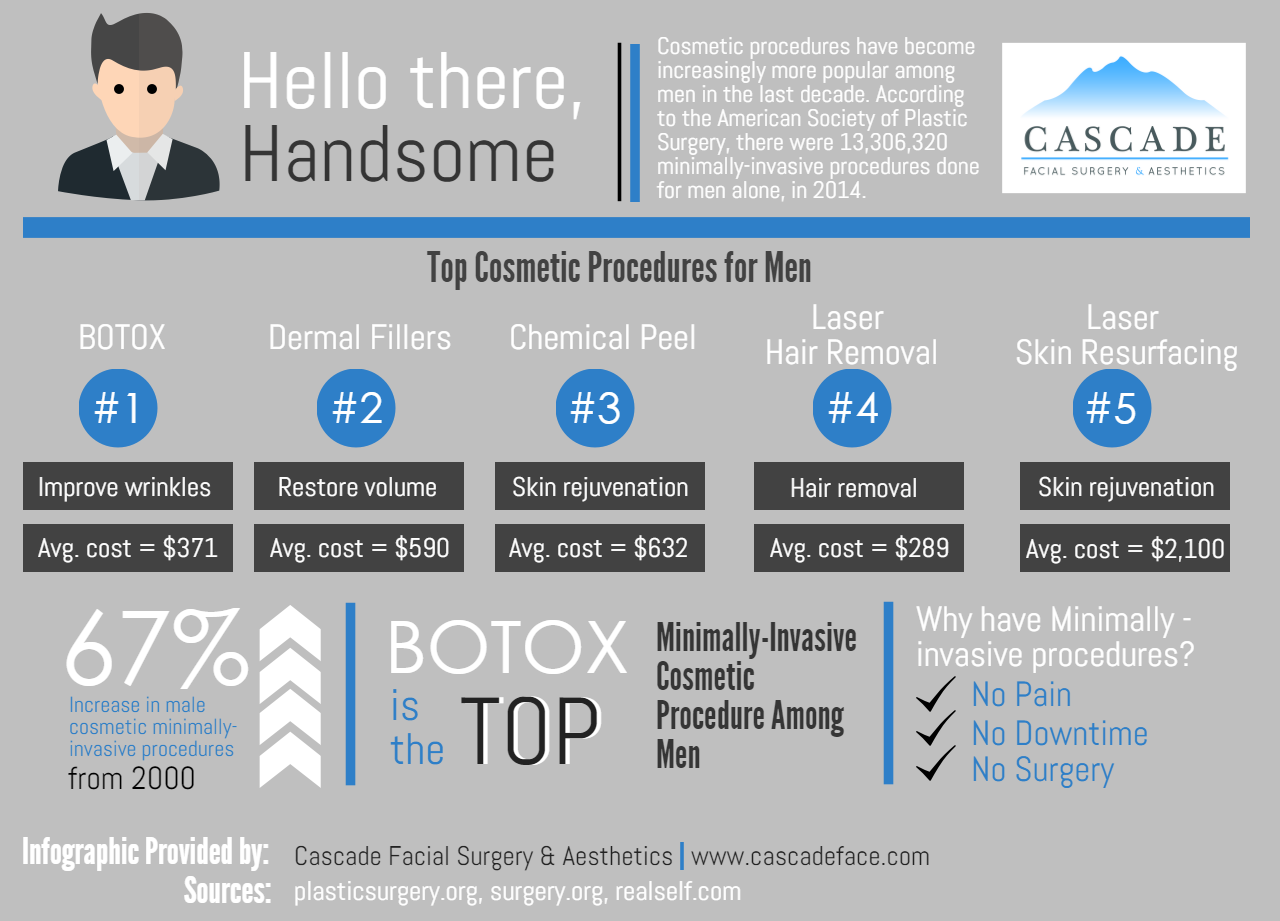Hormonal acne is characterized by clogged pores and oily skin that generally appears on the chin and jawline. It takes place when hormone modifications set off swelling and microbial overgrowth within hair follicles.
Breakouts might look like whiteheads, blackheads, papules or pustules and cysts or blemishes in more severe situations. It is a lot more typical in teenagers experiencing puberty but can affect adults of any type of age.
What Triggers Hormonal Acne?
While acne can be triggered by a range of variables, consisting of making use of hair and skin treatment items that aren't oil-free or made with ingredients that can obstruct pores, hereditary predisposition, diet,2 and stress, the root cause is varying hormones. Hormonal acne occurs when the body experiences hormonal changes and changes that result in an overproduction of sebum, which triggers inflammation, enhanced growth of germs and modifications in skin cell activity.
Hormonal acne is typically discovered on the lower jawline, cheeks and neck however can appear anywhere on the body. It is characterized by blemishes that are cystic, unpleasant and filled with pus or other material. It is also more probable to take place in females than guys, particularly during adolescence, the menstrual cycle, pregnancy or menopause.
Age
While many kids experience acne at some time throughout adolescence, it can continue to afflict adults well into adulthood. Called hormone acne, this kind of outbreak is connected to changes in hormones and is typically most common in females.
Hormone acne happens when oil glands create too much sebum, which clogs pores and catches dead skin cells. This causes the development of acnes, such as whiteheads, blackheads and papules, pustules, cysts or nodules, deep under the surface area.
This sort of acne typically triggers pain, soreness and swelling. It may also be cyclical and show up around the exact same time monthly, such as right before your duration begins. This is since levels of women hormonal agents like progesterone and oestrogen change with each menstrual cycle.
Menstrual Cycle
Hormone acne normally appears in the lower part of your face, along the jawline and cheeks, as whiteheads, blackheads or inflammatory acnes (acnes and cysts). It's most likely to get more info appear around the moment when your menstrual cycle changes.
Specifically around ovulation, when estrogen and progesterone degrees are on the surge, hormonal agent changes can cause breakouts. Yet it's likewise possible to obtain acne at any kind of point during your 28-day menstruation.
If you discover that your hormonal acne flare right before your duration, attempt discovering when specifically this occurs and see if it relates to the stages of your 28-day menstruation. This will aid you identify the root causes of your skin problems. For instance, you might wish to work on stabilizing your blood glucose and removing high-sugar foods, or take into consideration a prescription medicine like spironolactone that can regulate your hormonal agents.
Pregnancy
Growing a child is a time of dramatic hormone modifications. For many females, this includes a flare-up of hormone acne. This type of outbreak generally starts in the very first trimester, around week six. It's triggered by hormone surges that boost sebaceous glands to make even more oil, which can block pores and trigger even more microorganisms to develop.
Outbreaks might likewise occur as a result of pre-existing problems like polycystic ovary disorder, which can additionally be an issue while pregnant and menopause. Additionally, some kinds of birth control pills (such as Ortho Tri-Cyclen and YAZ) can cause hormonal acne in some women.
The good news is, a lot of acne treatments are "no-go" for expectant ladies (consisting of preferred acne-fighting components such as isotretinoin and spironolactone). Yet if you can't avoid those aggravating bumps, your physician might recommend oral erythromycin or cephalexin, which are risk-free during pregnancy.
Menopause
As women approach menopause, the estrogen degrees that triggered their hormone acne to flare during the age of puberty begin to maintain and reduce. At the same time, nonetheless, a spike in androgens (likewise referred to as male hormones) happens due to the fact that these hormones can not be exchanged estrogen as effectively as previously.
The unwanted of androgens can set off oil manufacturing by the sebaceous glands, which blocks pores. When the clogged up pores become swollen and irritated, an acne forms.
Hormonal acne is commonly seen on the face, especially around the chin and jawline, but it can happen on the neck, back, shoulders, or upper body. This type of acne has a tendency to flare up in a cyclical pattern, comparable to the menstrual cycle. Stress and anxiety, which enhances cortisol and tosses hormonal agents out of balance, likewise adds to the breakouts.
